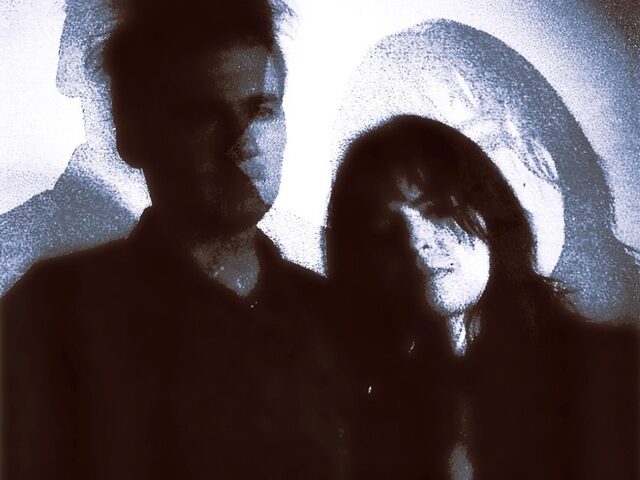Guitar is a versatile instrument, capable of lush acoustical gliding and heavy-riding distortion. Artists throughout the years have distinguished themselves with guitar tones that are distinctive in their own right. Melodic songwriting and a great supporting cast certainly bolster the effectiveness of a guitar tone, as well. In terms of sheer tone, it’s worth looking at several fine examples of guitar tones in modern rock music, especially throughout the influential ‘80s and ‘90s:
The Smiths – “How Soon Is Now?”
Mixing jangle-pop guitar smarts, courtesy of Johnny Marr, with the dramatic quiver of lead vocalist and lyricist Morrissey, The Smiths’ discography certainly stands out with its distinctive sound. The band’s arsenal ranges from quainter, more fluttering efforts – like “Frankly, Mr. Shankly,” – though it’s the moodier successes, like “How Soon Is Now?” that do especially well in showing Marr’s talents as a guitarist, both melodically and in terms of establishing a convincing tone.
The rippling effect throughout “How Soon Is Now?” has proven very memorable and influential. Marr himself attributes the intro’s tremolo sound to four reverbs, as he controlled the speed of two reverbs and the producer controlled the other two. With Aclam Guitars, achieving a similar tone is very possible.
The recording was a struggle, with the tremolo going out of time with the uniquely paced track. As a result, Marr and the producer coordinated in 15-second bursts, eventually hammering down the captivating production. For live performances, Marr has noted that the slide part is difficult to emulate, though several performers, like Ronnie Wood, can do the slide part well.
“How Soon Is Now?” is a great example of Marr’s influence as a guitarist on The Smiths’ overall sound and mood.
Radiohead – “My Iron Lung”
This classic from Radiohead’s 1994 album The Bends is a showcase in guitarist Jonny Greenwood’s impact on the band’s sound. The eerie, robotic guitar line to open the track was achieved with Greenwood performing the arpeggiated line through a whammy pedal, help resulting in the track’s hypnotic feel. Any guitarist can buy effects pedals. Various effects pedals can contribute to a very memorable guitar tone. The choice of which guitar amplifier to use also contributes a lot to a guitarist’s tone.
Just prior to the track’s two-minute mark, guitar distortion cuts into the sound, establishing a breathlessly exciting moment that gracefully glides back into the initial guitar line with seamless precision. “My Iron Lung” does well in showing the various dimensions of guitar tones and how they can help establish structural shifts in songs. Greenwood’s work as a guitarist excels here. His work with guitar tones throughout Radiohead’s discography has contributed substantially to the band’s status as one of the best rock acts, both live and in the studio.
Muse – “Plug In Baby”
Muse are no stranger to striking vocal performances and dynamic guitar tones. The exhilarating “Plug In Baby” is among the band’s most standout examples, with the fuzzy self-oscillated introduction transitioning nicely into a heavy riff. Effects pedals and dynamic playing adorn this catchy success from the band, alternating between contemplative fuzz and frenzied anthemic allure.
These three tracks do well in showcasing some of the most memorable guitar tones from ‘80s and ‘90s rock music, ranging from The Smiths’ somber yearning tone to Muse’s excitable infectiousness and Radiohead’s hypnotic lure.





